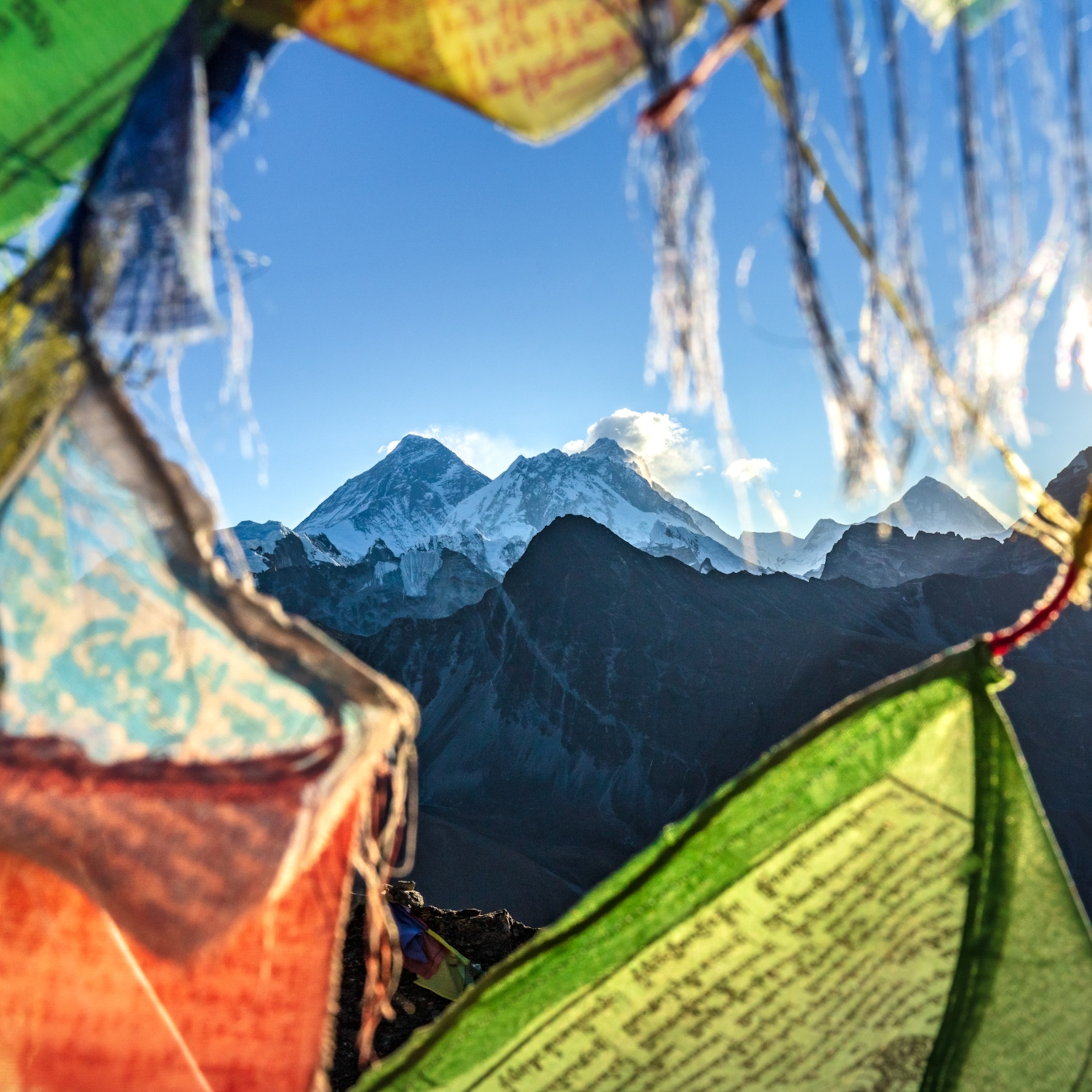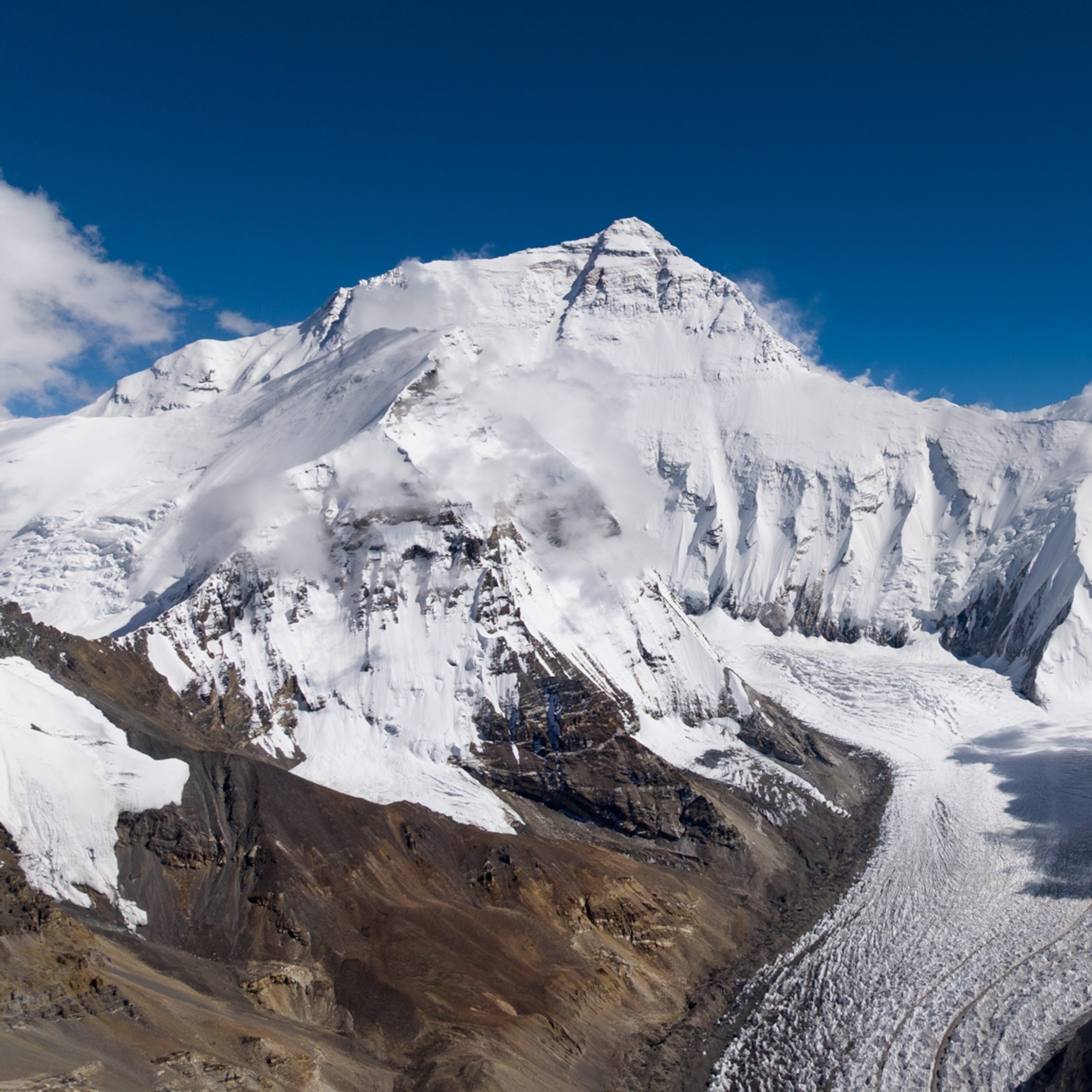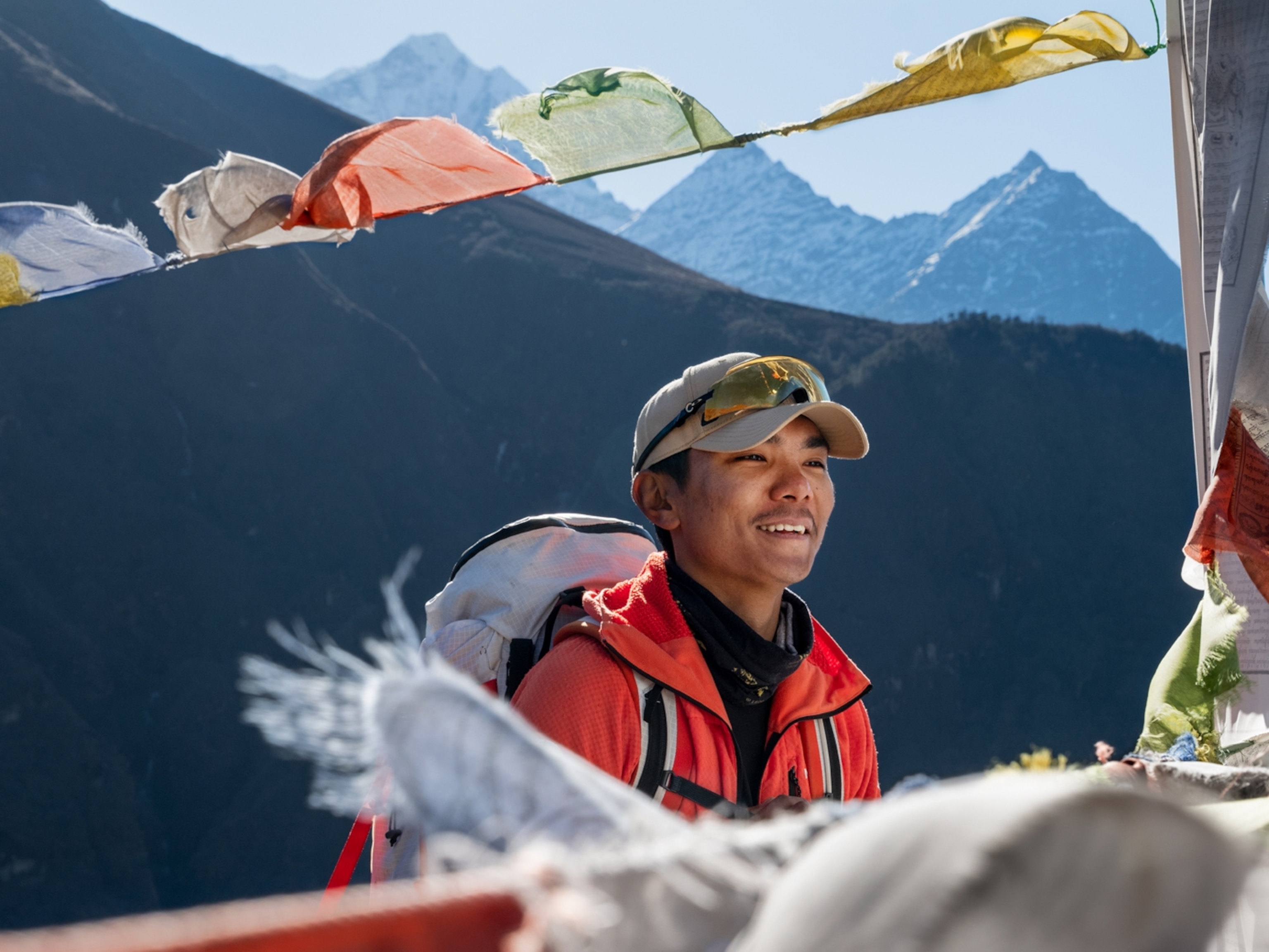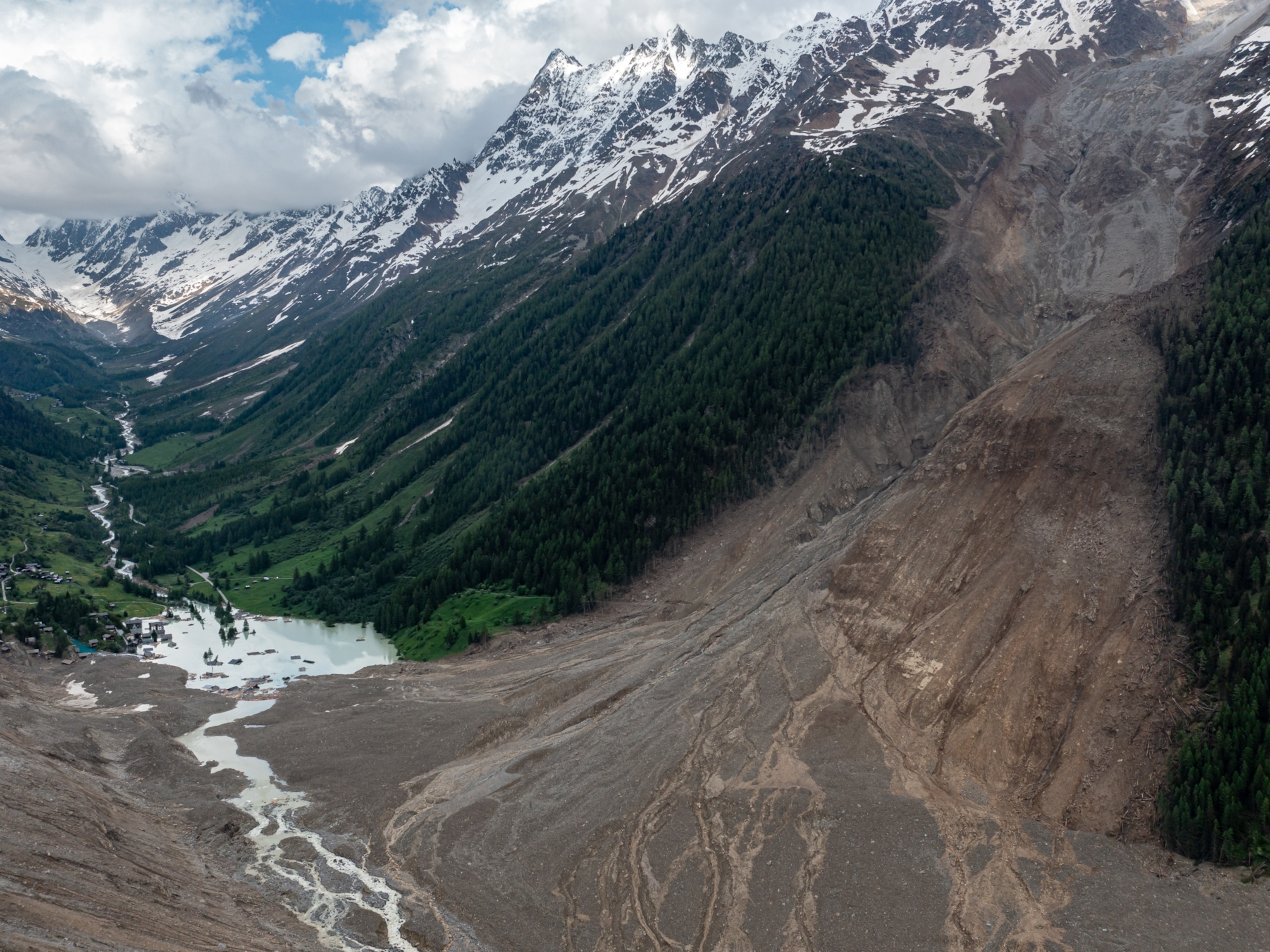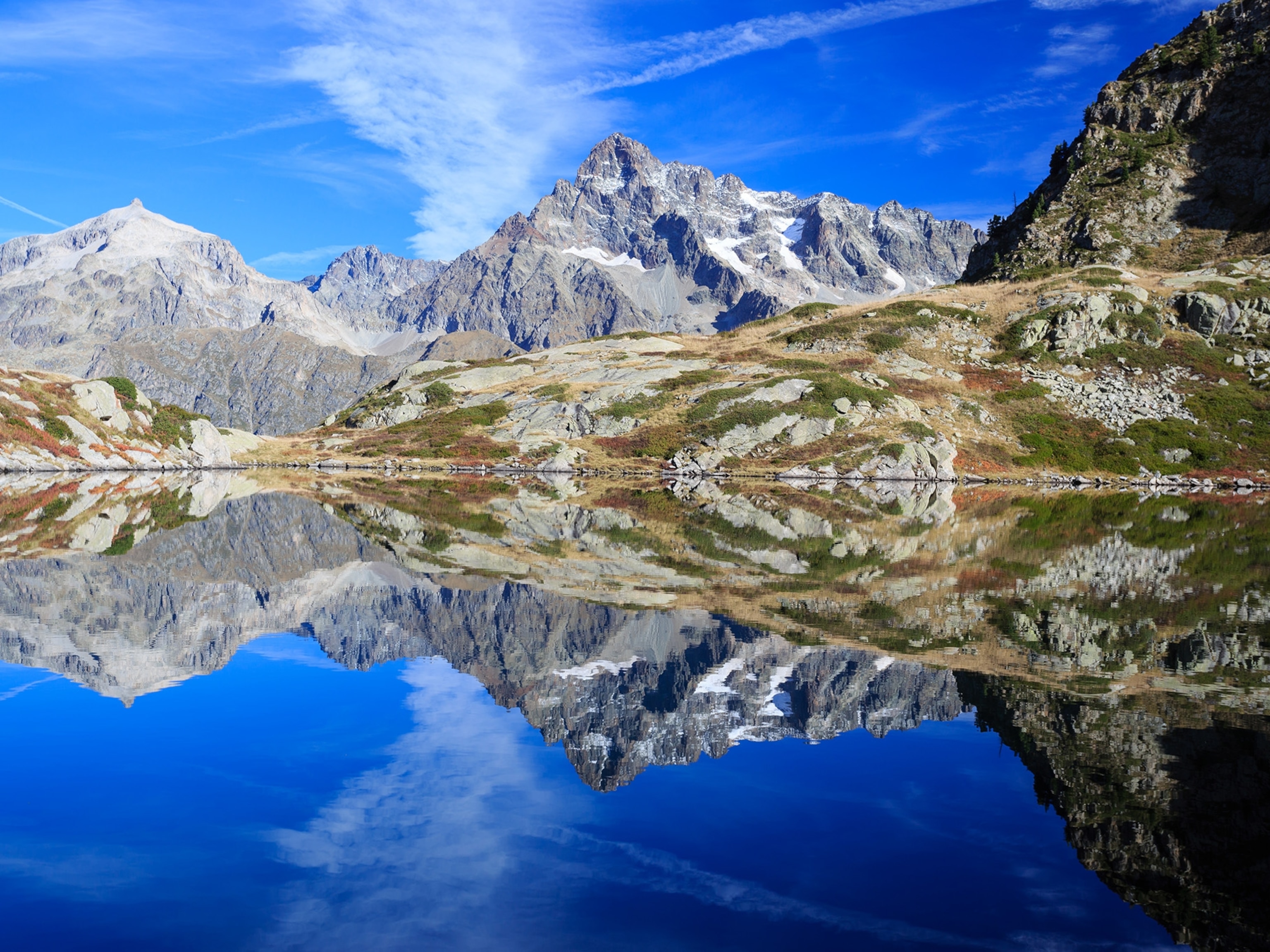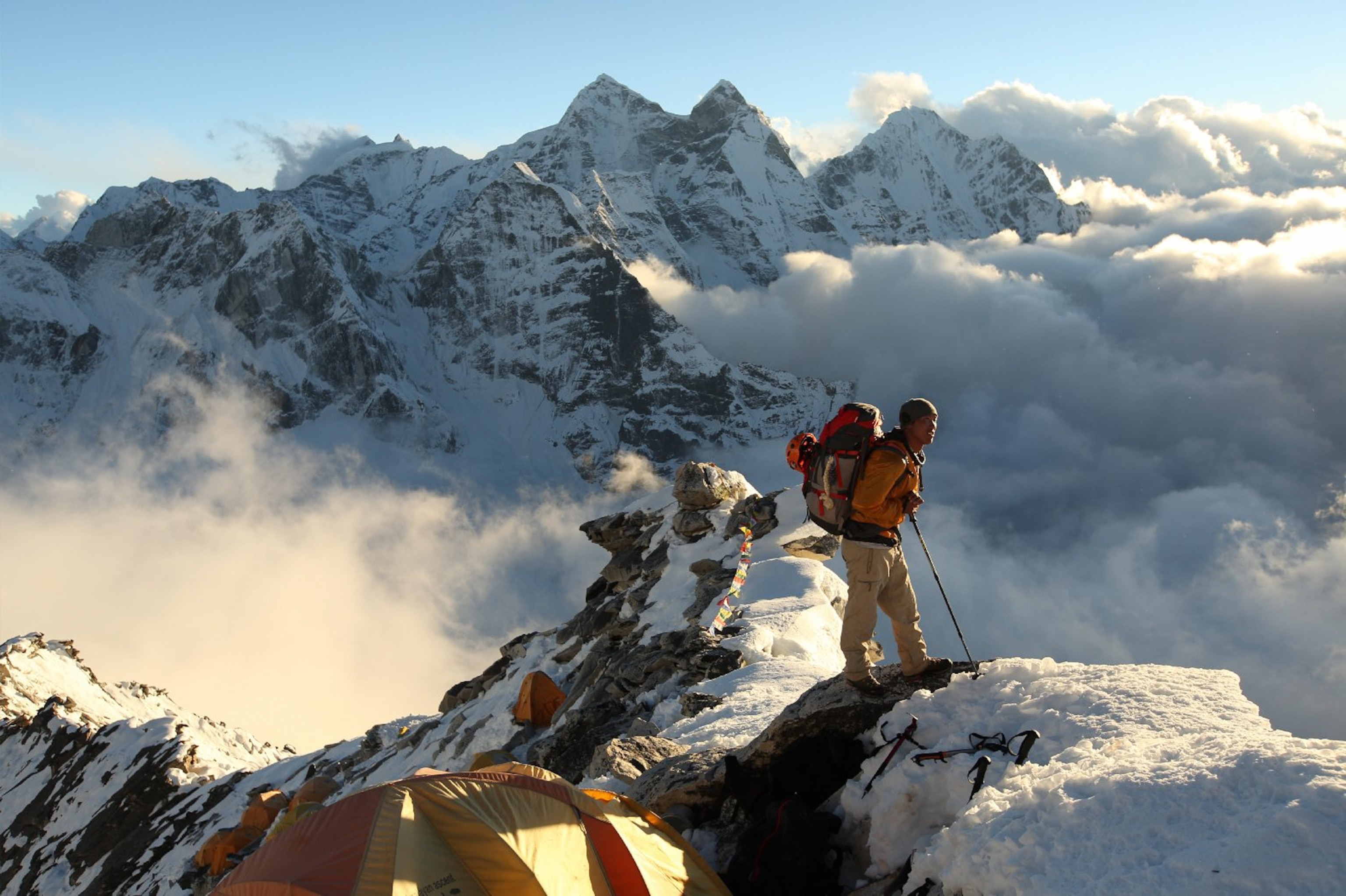
Sherpas Take Steep Risks for Life-Changing Pay
Guides accept dangers to move their families out of poverty.
Last spring the Sherpa news that dominated the headlines was a brawl that took place on Everest when a group of Sherpas fixing ropes got into a fight with three Western climbers. That incident, which was reported all over the world with much hand-wringing about its significance, set off a wider discussion about who the Sherpa people are and how their roles on the mountain have changed since Tenzing Norgay accompanied Sir Edmund Hillary to the summit in 1953.
Now that brawl seems nothing if not trivial in light of Friday morning's news that a massive avalanche of ice and snow swept off Everest's West Shoulder and killed 13 Nepali mountaineers—10 of them Sherpas—near the top of the treacherous Khumbu Icefall. Three more Sherpas and a climber of the Gurung ethnicity are still missing. The death toll makes Friday the worst day in the history of climbing on the world's highest mountain, topping the tragedy of 1970 when six Sherpas were killed on a Japanese expedition.
For the tight-knit Sherpa community in the Khumbu—roughly 3,000 live in villages built in the valleys immediately below Everest—Friday's death toll is on a scale that is difficult to imagine, a sort of nature-inflicted 9/11 perhaps.
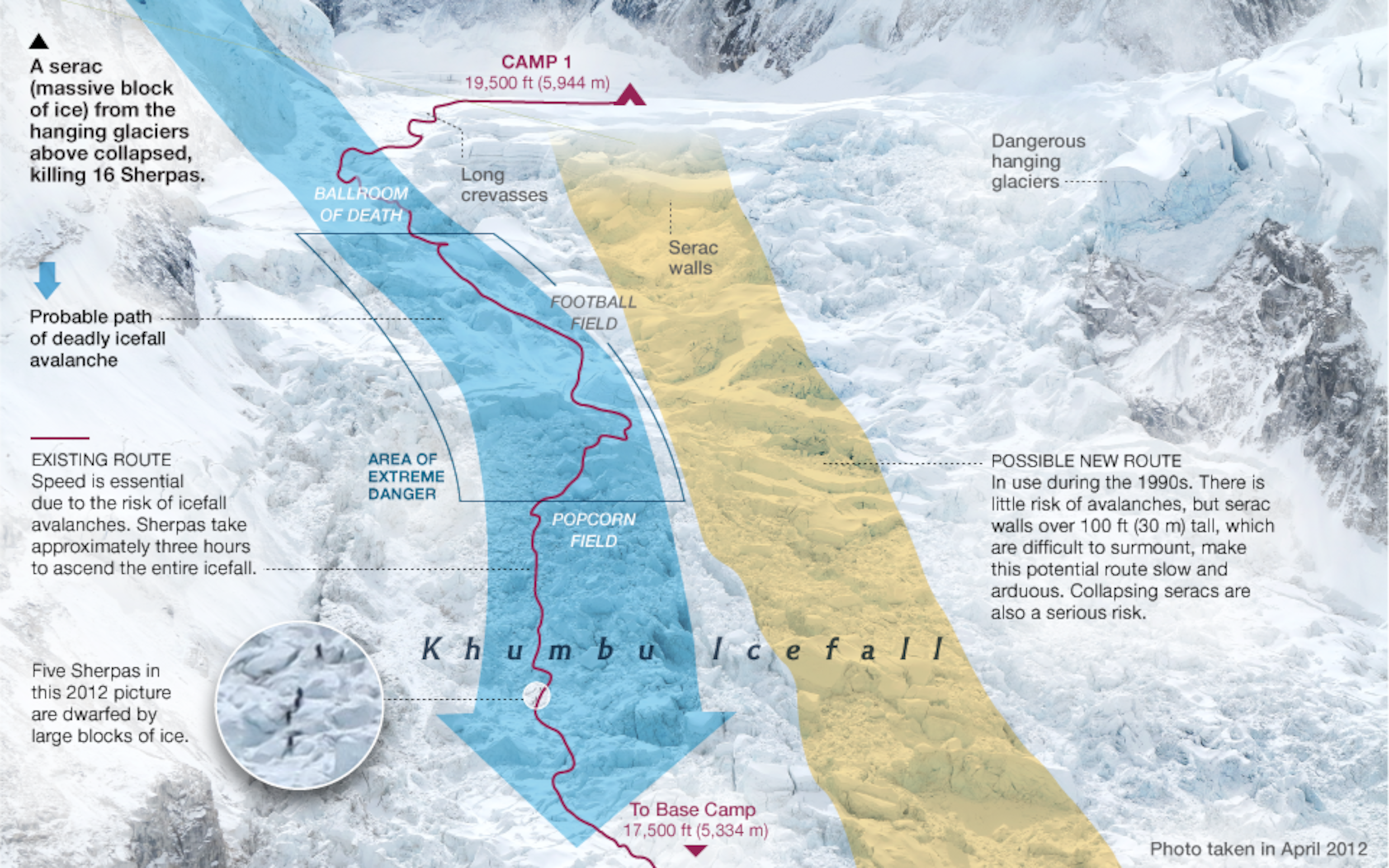
Long History on the Mountain
Sherpas have been working in the mountains professionally for more than a hundred years, and are so deeply associated with Himalayan climbing that "sherpa" with a small "s" has come to signify anyone who carries loads.
Many of the Sherpas who in previous generations had menial jobs as porters now work as highly skilled professionals, supplying the essential support without which Western expeditions would be unable to shepherd hundreds of high-paying clients a year to the summit.
Sherpa teams fix ropes through the treacherous Khumbu Icefall, up the Lhotse face, and along the summit ridge. They set up the small Internet-enabled city that every April and May is Everest Base Camp. They carry tents and ropes and food to camps higher on the mountain. They are the backbone of mountain rescues. They serve as climbing guides, and today, unlike 20 or 30 years ago, many of them are better mountaineers than their Western clients are. Most of the 5,000-plus people who have climbed Everest in the past 50 years could not have done it without the Sherpas.
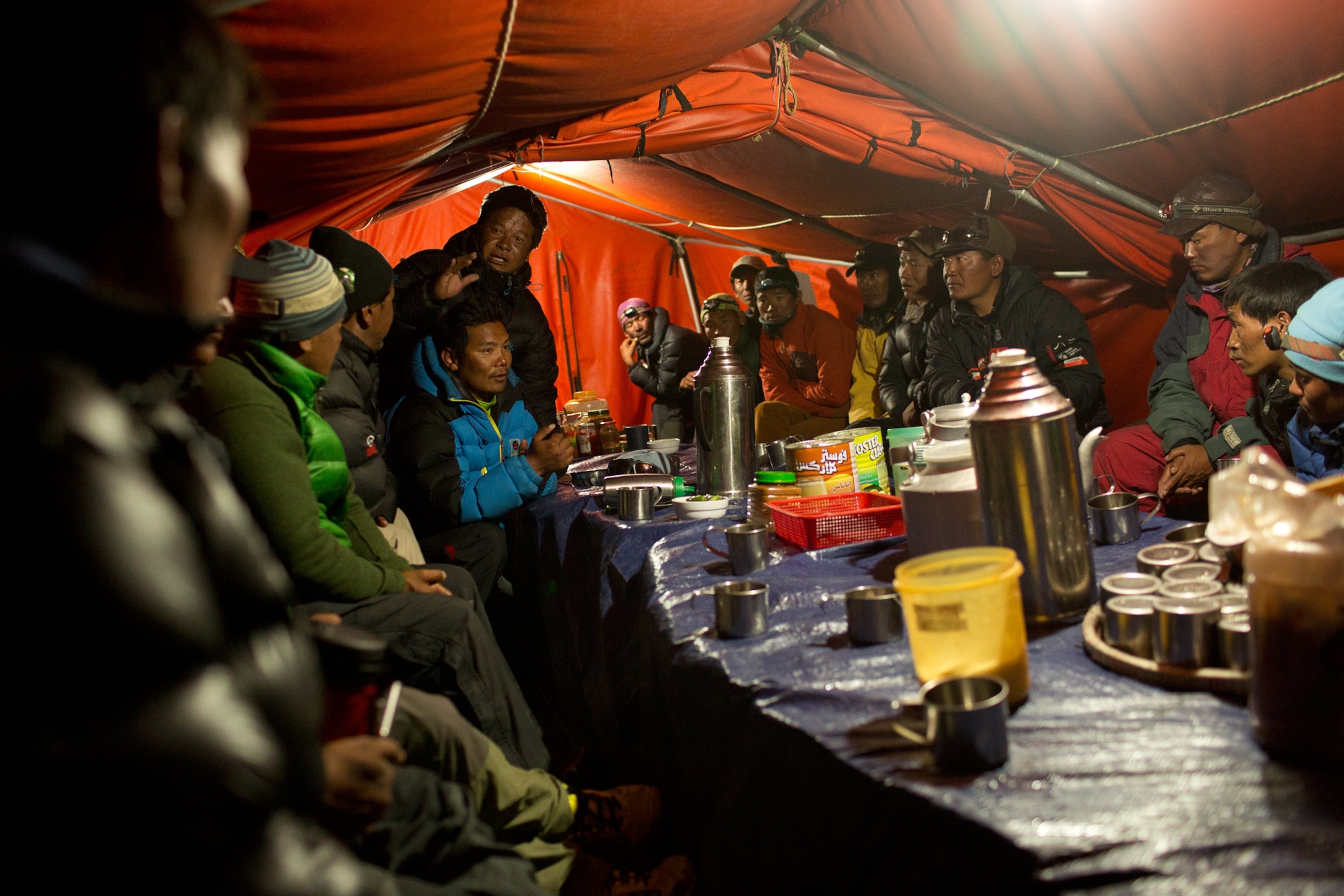
Climbing Out of the Khumbu
Certain flagship villages in the Khumbu—Khumjung, Phortse, Thame, and the "Sherpa capital" Namche Bazar—have supplied the bulk of the Sherpas working on Everest for decades. Every villager knows how dangerous the job is, though in the early days after Hillary and Norgay's ascent, Sherpas were more worried about not getting hired than about the dangers of the job.
With the enormous growth of interest in Everest and the large amounts of money generated by tourism, Nepalis from outside the Khumbu are vying for jobs on Everest. And it's hard today to find a Sherpa man who goes to work on the mountain without some ambivalence and an anxious wife, sister, or mother at home worrying he won't come back.
The lure of the money is strong. Sherpa compensation rates vary among outfitters, with high-end expeditions paying top sirdars (head Sherpas charged with hiring porters and and quarter-mastering expeditions, often for Western guiding companies) $25,000 to $30,000 a season and inexperienced porters earning $4,000 to $5,000. But even at the lowest end of the scale, the amounts can be life-altering in a country where the per capita income is roughly $700 a year.
Even so, the longer Sherpas have worked on the mountain, the more liable they are to confess they would gladly do something else if they had the opportunity.
Many Sherpa veterans of Everest campaigns put a premium on education for their children precisely so their kids don't have to follow them to the mountains. This ambivalence has been part of the Sherpa mountain culture Westerners seldom consider or even see.
It was nearly 25 years ago that anthropologist James F. Fisher interviewed eight of the Khumbu's "most experienced and illustrious" sirdars and noted that they "unanimously agreed that virtually the only reason they climb is that they need the high income they cannot earn in any other way. Even though they enjoy the camaraderie and the scenic views and take pride in a job well done, these reasons alone would never motivate them to move up a mountain."
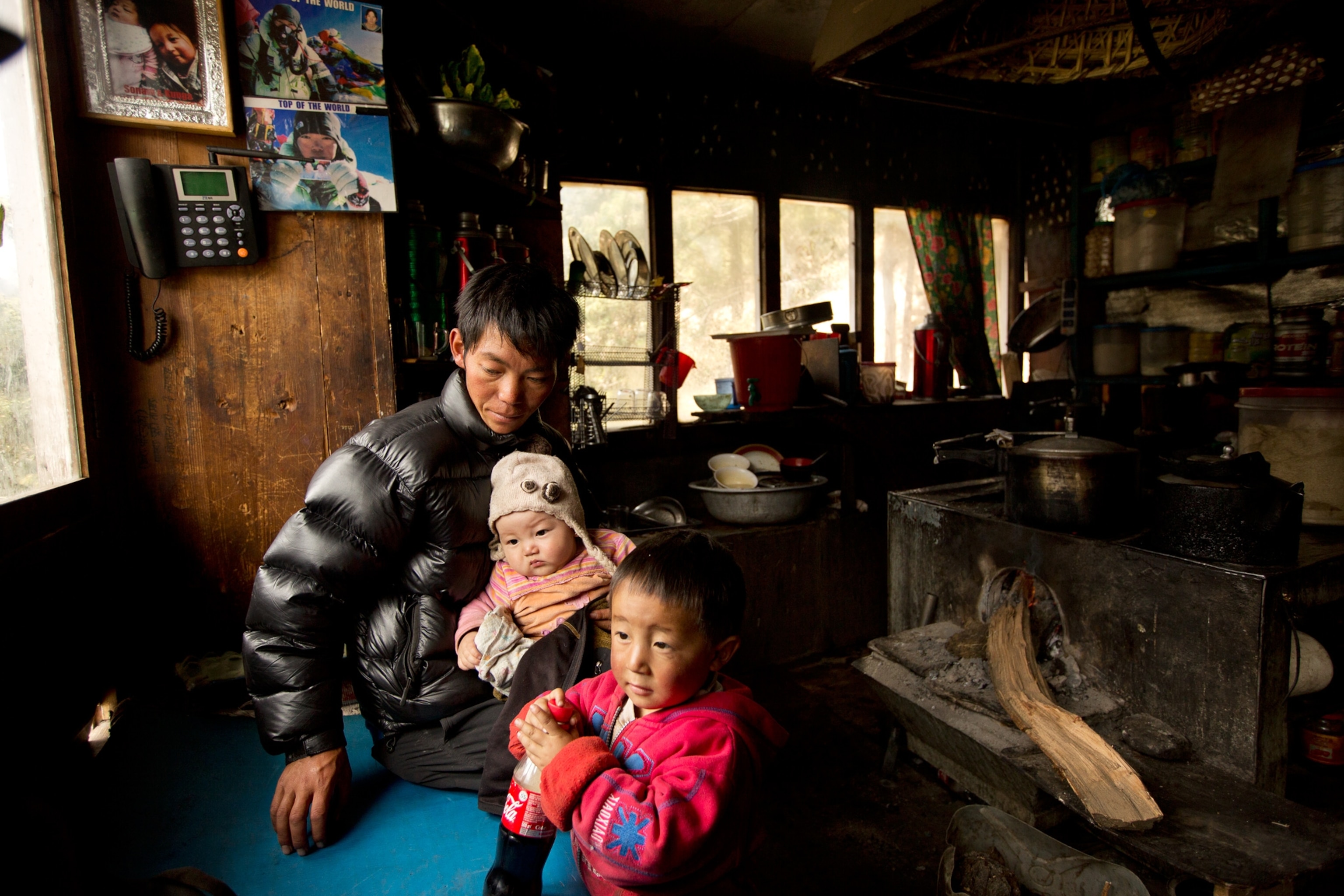
A New Generation of Sherpa Climbers
But a younger generation of Sherpas has been influenced by Western mountaineers. In some ways the Sherpas of the Khumbu villages who depend on seasonal work on Everest are analogous to the residents of a western American mining town where old-timers want to get out of the mines and young people are eager to have a crack at a high-paying job.
The younger generation of Sherpas who share some of the Western passion for mountain climbing are less constrained than their elders by the Himalayan Buddhist belief that climbing high mountains and putting one's life at risk is irresponsible "non-dharmic" behavior. But it may be that the unprecedented scale and shock of this latest tragedy will deeply affect the balance of risk and reward that every Sherpa family weighs before they send their breadwinner to the mountain.
It's one thing to put your own life on the line, another to have people putting theirs on the line on your behalf. Whether Friday's tragedy will change the the dynamic of the client-guide relationship or cause any serious reflection on the nature of the business on Everest is an open question.
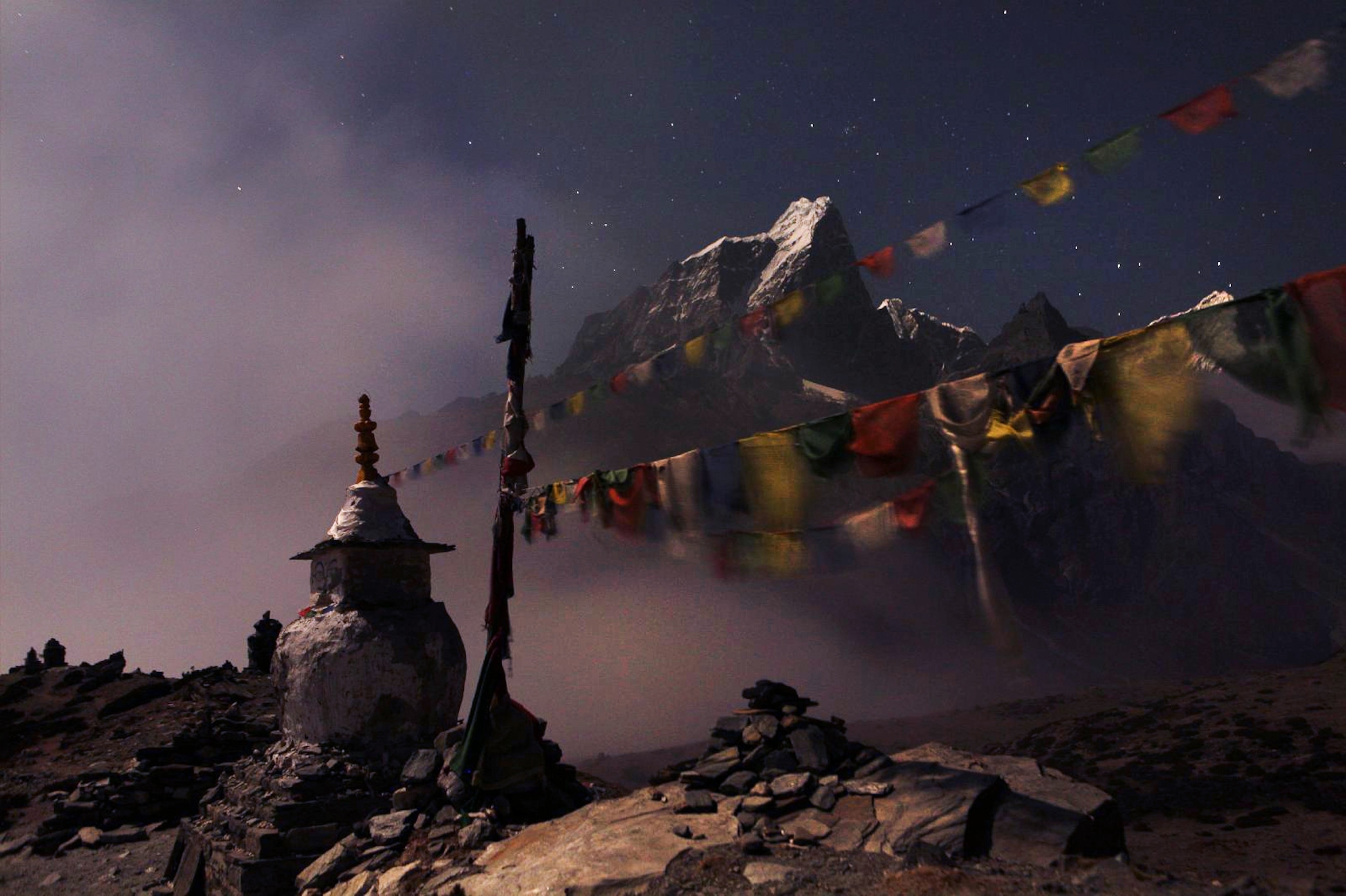
Recreation vs. Vocation
Do foreigners—or mikaru (white eyes), as the Sherpas call them—really understand what their recreational dreams on Everest can sometimes cost local people who have been coaxed, if not coerced, into a hazardous vocation by economic necessity? What possible pleasure can this season's climbers take in a successful ascent of the mountain after such a terrible loss?
It will take putting on some maniacal blinders to be able to press on as if reaching the summit meant something. Indeed, the Sherpas themselves may be too pragmatic, and have too much at stake, to let the awful toll destroy the entire climbing season.
But they are under no illusions about the blinders of the Western mind. Every afternoon at the Namche coffee bar known as Cafe 8868, Nyima Tshering Sherpa screens a 2009 documentary about the Sherpas of Everest. The interviews with Sherpas are mostly in Nepali, but the script has been translated into English subtitles—well, all of it except for one line at the end that the English distributor apparently didn't think the English-speaking market wanted to hear. It's a Sherpa guide saying: "The Westerners are very grateful for our help climbing the mountain, but then they go home and pretend they did it all by themselves."
Chip Brown is a contributing writer to National Geographic. Read his story "K2" in National Geographic magazine.
